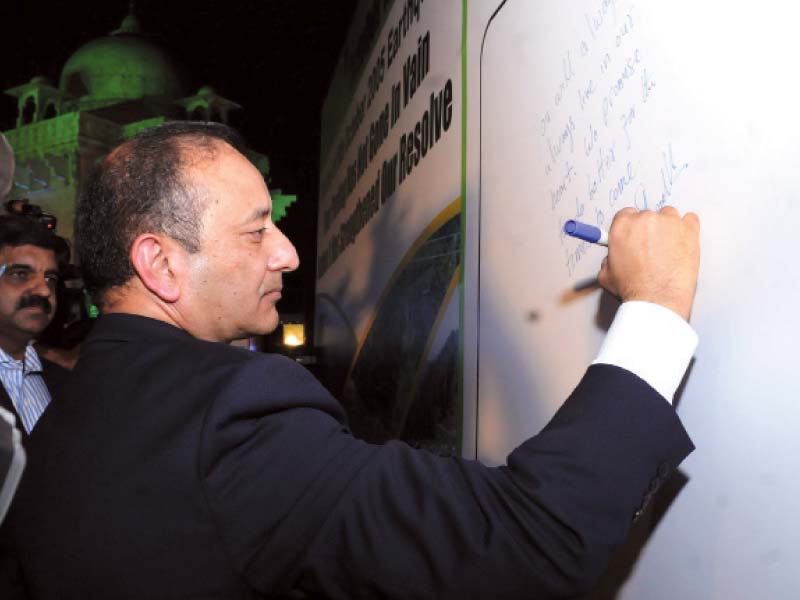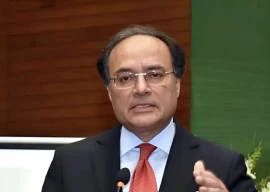
As the country marked the 10th anniversary of the deadly 2005 earthquake on Thursday, the UNDP organised a seminar to highlight lessons learned and opportunities for earthquake risk reduction in Pakistan.
Neil Buhne, the designate UN Resident and Humanitarian Coordinator, and UNDP Resident Representative in Pakistan, opened the event. Talking about the aftermath of the earthquake, Buhne said “the tremendous response of the public and the state is used as a role model worldwide.” Commenting on risk reduction factors, the UN official said “We have a responsibility to victims [of the earthquake] to try to get the building code implemented,” he shared.
Ahmed Kamal, member disaster risk reduction at NDMA, gave an insight into the establishment of the authority and its future plans — including the rolling out of a national disaster management plan on October 19th.
The monitoring and evaluation head at Erra, Brig (retd) Fiaz Shah, gave a detailed presentation on the authority’s working.
Sharing statistics, he said 9,914 projects have been completed and 600,000 houses constructed in the affected areas, which include four districts of AJK and five in K-P, and termed it a 97.4 per cent success. “Three to four houses are being constructed daily in the region,” he claimed.
Aziz Jamali, the district commissioner of Awaran, Balochistan when the 7.7 magnitude earthquake hit the impoverished region in September 2013, revealed that 99 per cent of structures in the district were ‘katcha’ which led to the displacement of 27,000 families. He said the reconstruction project is the biggest one in Balochistan to-date. Sharing updates, the bureaucrat said 15,984 families have received the first instalment of a $2,200 conditional grant while 7,000 houses with seismic safety features are in various stages of owner-driven reconstruction.
During the panel discussion, an official of the AJK Rural Support Programme negated Erra’s reconstruction data, to which Shah replied that since the authority is the only source of data, its figures have to be taken at face value. In reply to a question about the authority’s ‘questionable’ role, he said Erra is just an implementing agency whereas the decision-maker is the government.
Admitting that ‘things could have been better’, Shah put the blame for the much-delayed new Balakot city project on the provincial government saying it has only acquired 14 per cent of land to-date.
Talking about the role of NGOs vis-à-vis state institutions, Buhne told The Express Tribune that organisations like NDMA can set policy, but NGOs reflect the on-ground situation by ensuring that the community’s voice gets heard. Replying to a question about the government’s recent move to scrutinise NGOs’ operations, he said “It’s important that there be transparency and mutual trust [between NGOs and the government]. I hope it turns out to be a good confidence building measure.”
Published in The Express Tribune, October 9th, 2015.























COMMENTS
Comments are moderated and generally will be posted if they are on-topic and not abusive.
For more information, please see our Comments FAQ